For many people, nursing facilities have become their home. It is therefore reasonable that Hospice services be available in facilities. BUT care in a facility is not the same as care in the home. Here are some of the differences—and challenges.
Nursing facilities’ focus, by regulations, is to keep people alive. All the care is concentrated on living the best possible life under the circumstances. Yet, most people in nursing facilities are there because of health challenges or aging that has made independent living unsafe. These people will die in the facility. I know that sounds harsh, but it is true. This is problematic because facilities are not trained in end of life. They are trained to keep life going.
Do you see where I am going with this? Nursing facilities and hospice go together but are also at odds with each other.
Here are my thoughts on developing a cooperative relationship between the facility, the patient and the patient’s family.
One hospice team is assigned to a specific facility. This team (nurse, home health aid, social worker, chaplain) becomes a set of familiar faces and provides consistency.
The team provides ongoing inservices to the entire facility staff. These inservices should include information on the signs of approaching death, end of life nutrition, what to do as death approaches, how to talk with family members, and when to begin hospice services.
When a hospice team member arrives, they should first check in with the staff. They should say their hellos, be friendly and talkative, and ask about patients. They should then check the medical records of the patients to be seen and read the notes since the last visit. Ask about the patient’s family, their visits, and their concerns. Finally, the hospice team member can see the patient. Sit by the bed, use gentle touch if it is appropriate, begin talking about the day, and ask how they are doing and feeling. Become a friend as well as a professional, all the while assessing.
The team member will chart the visit and report their assessment to the staff nurse before leaving.
Call, that day, the patient’s primary family contact and report your visit and assessment. The family is as much your responsibility as the patient.
To summarize:
* Have the same hospice team for each individual facility.
* Provide inservice to the facility staff on a regular basis. Be part of new employee orientation.
* Make yourself known among the staff. You want them to know you, and to trust you and your knowledge.
* On a routine patient visit: First talk with the staff, get an update on the patient's condition, progress, and activity. Check the patient’s chart. Then spend time with the patient. Sit, assess, visit. Return to nursing staff and report your assessment, answer questions. Contact the primary family member and report your assessment.
Consider the nursing facility as part of the hospice team, but also as family. They are as much caregivers as the family is in a private home. They have feelings, attachments, and concerns. They are part of our hospice care also.
Something More… about Developing a Cooperative Relationship Between Nursing facilities and Hospice
Nursing facilities reached out to me to train their staff on the signs of approaching death. So I made a series of courses on End of Life Care with Home Care Pulse that I am very proud of. Individuals may take my course as well as whole agencies. The response has been lovely. If you are interested in the course, here’s the link: Barbara’s HCP Course.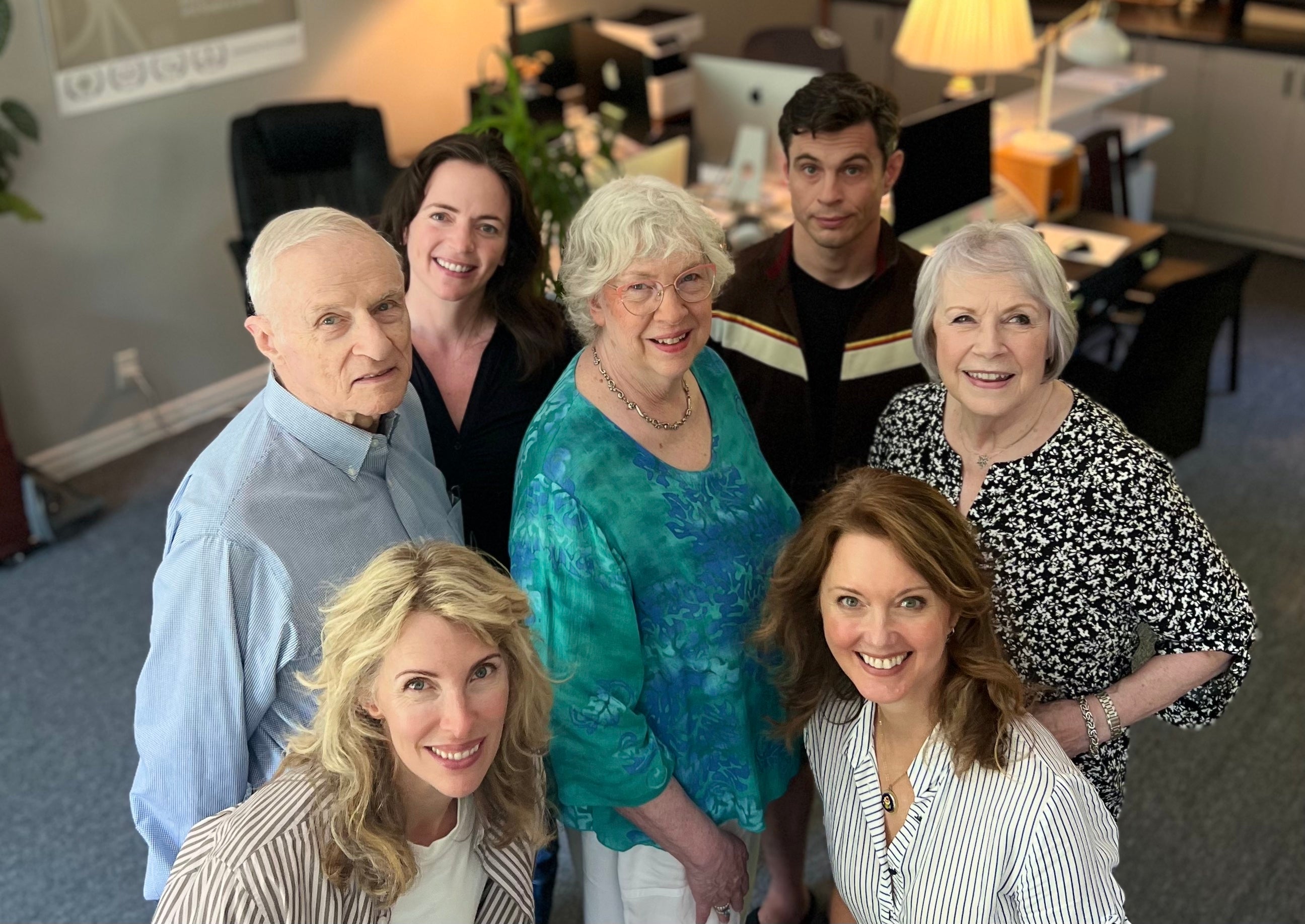

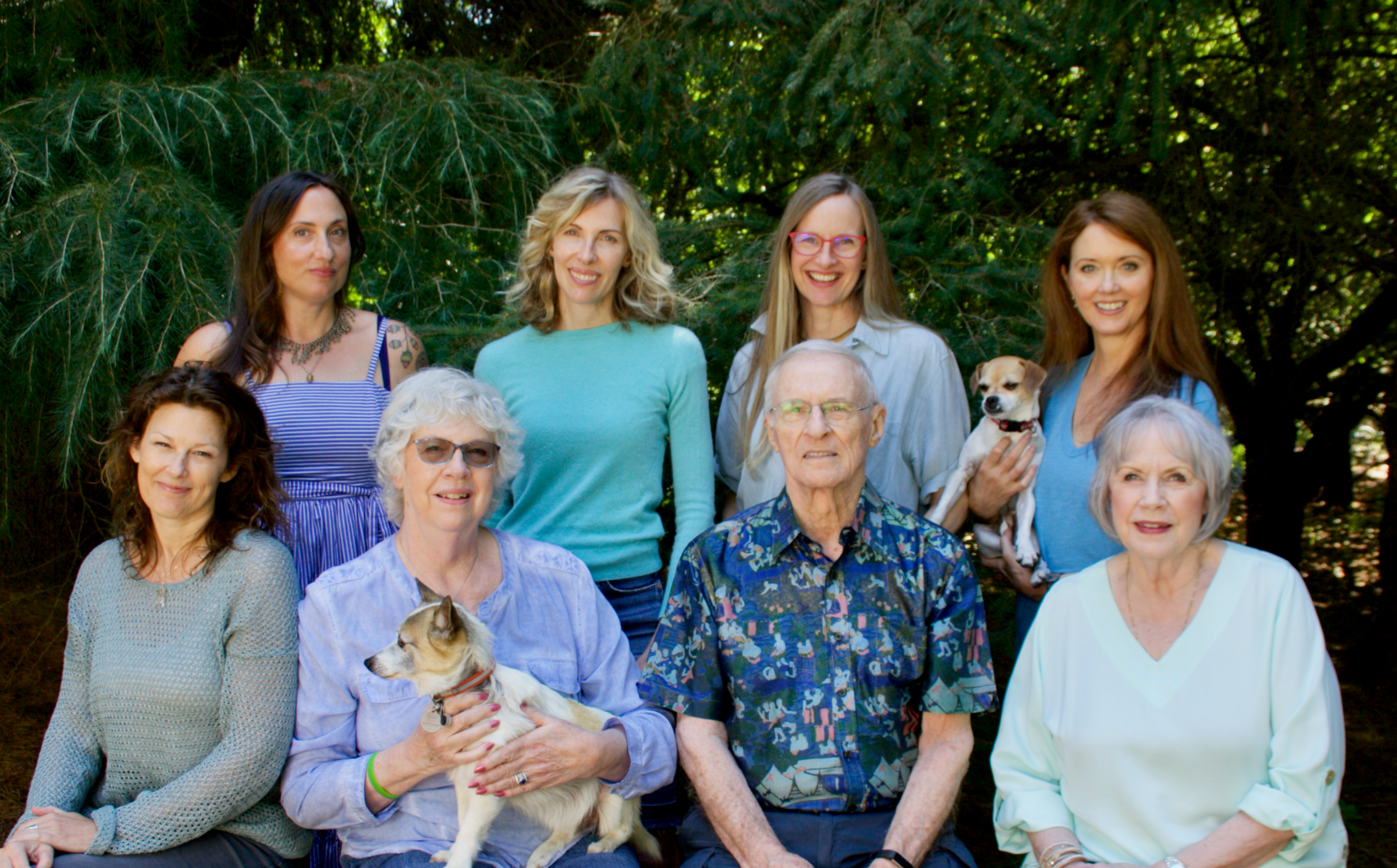
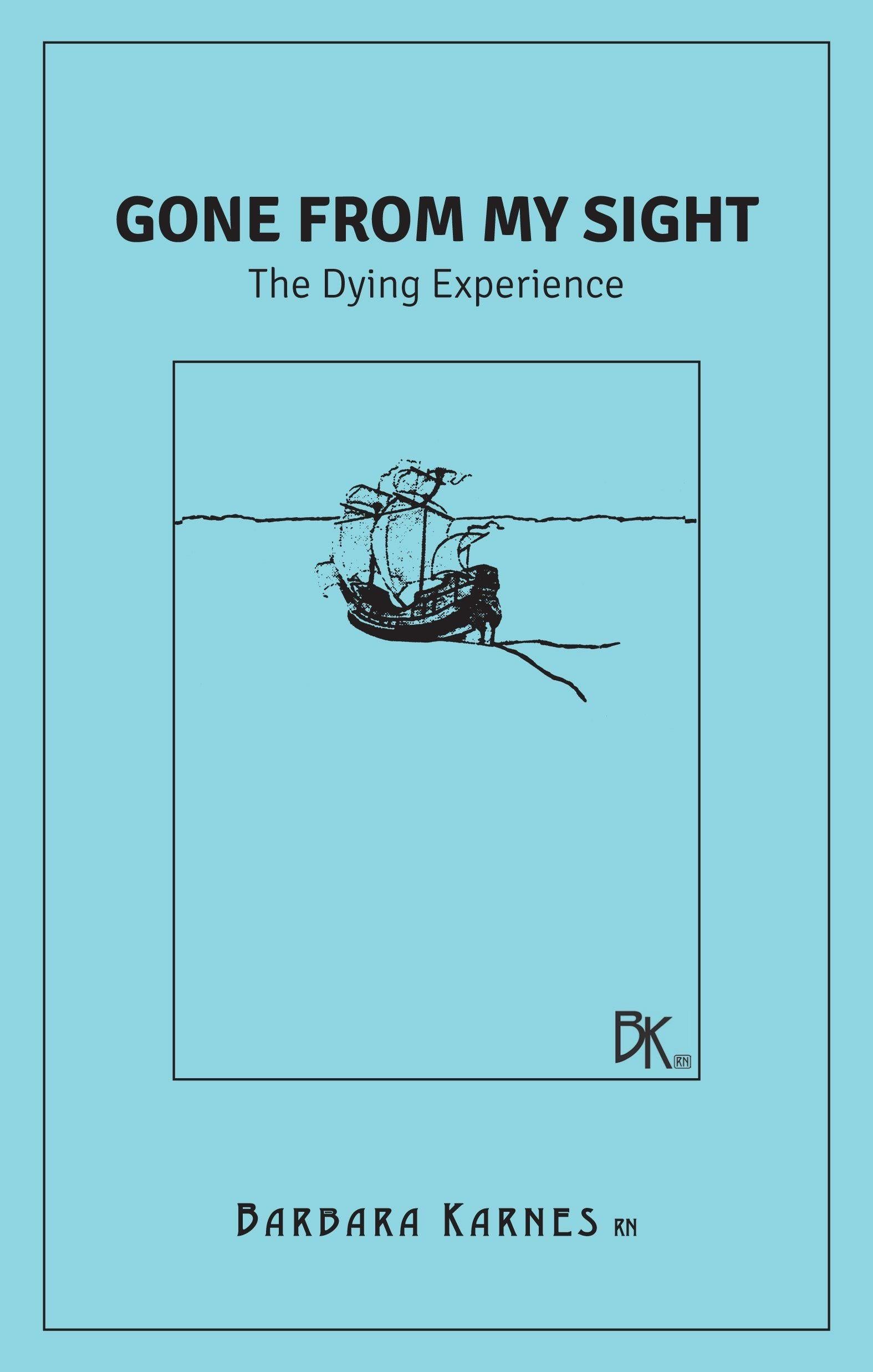

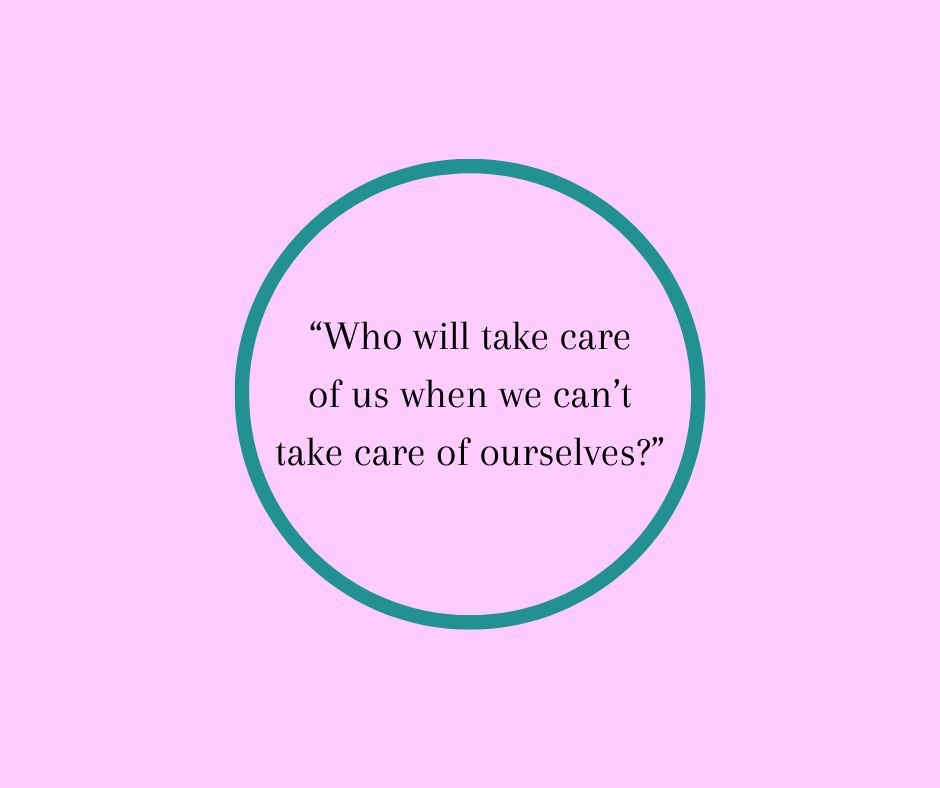
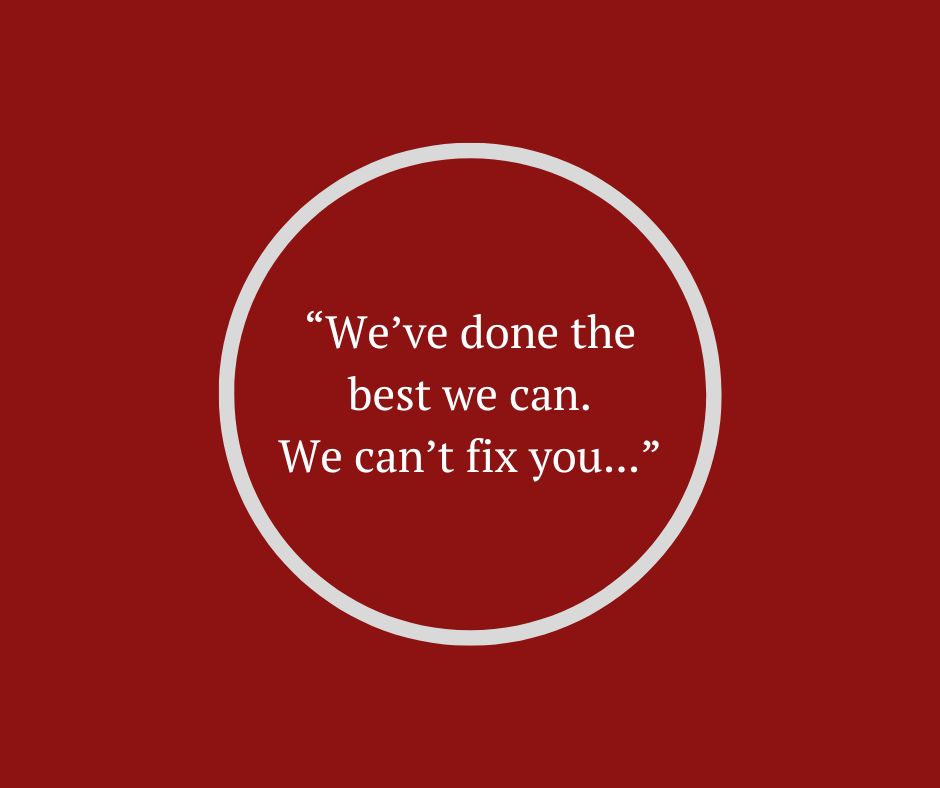
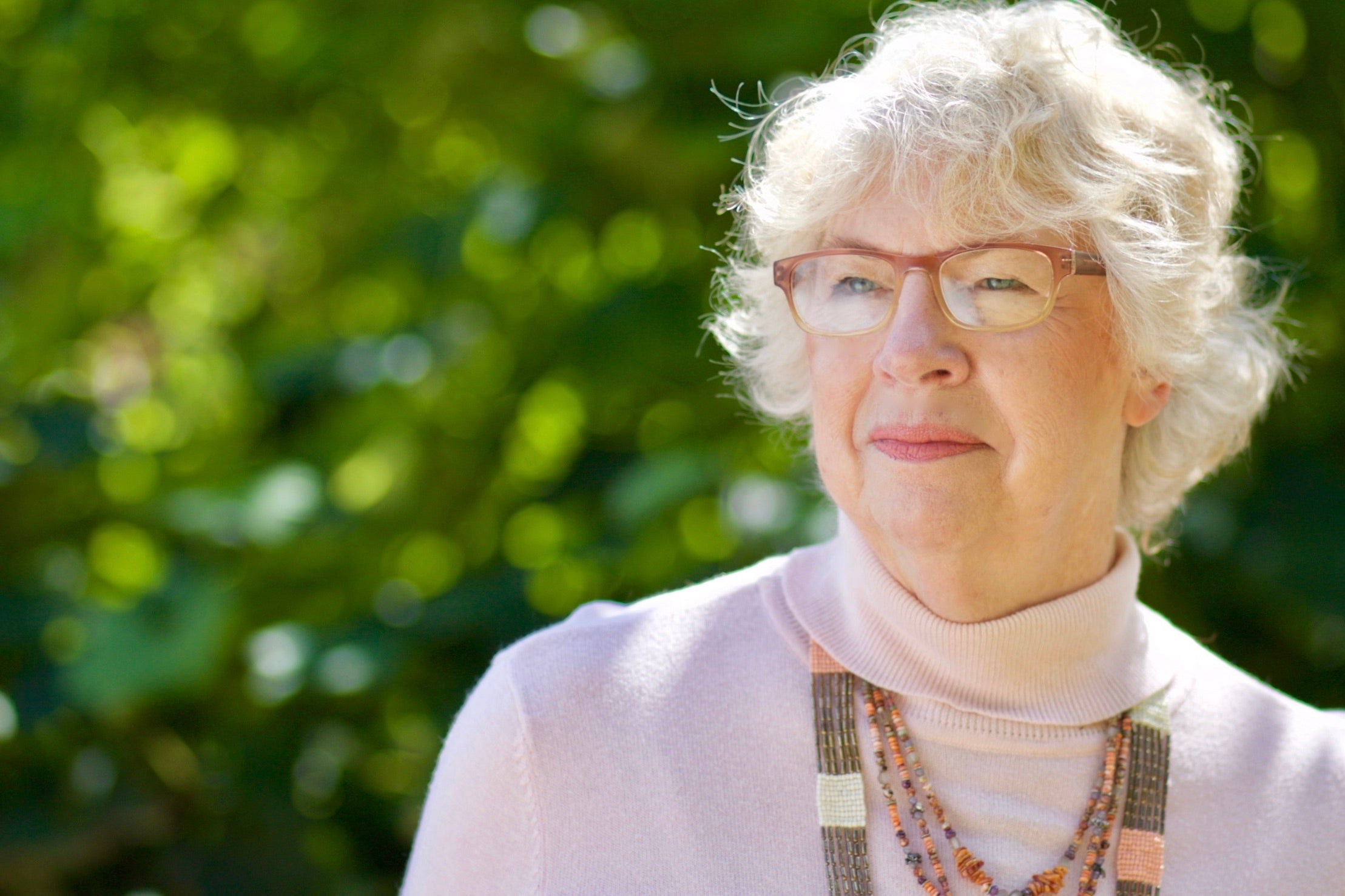
5 comments
Jenny P
Kudos!!! It’s been my experience in middle and north GA, most nursing homes do prefer the same team every visit. It’s preferable but not always possible for the CNA to be there on ‘team’ day as they are usually stretched pretty thin. Especially in country areas and certain areas in mid state, I’ve noticed that certain races aren’t very welcome in some facilities (or h homes for that matter). I’m polite but I soldier on.
Ms. Barbara you are very good at what you do.
———
BK Books replied:
Hi Jenny, Using the same team makes for a supportive relationship. I’m sorry to hear that certain races aren’t welcome. Blessings to you in the work you are doing. Barbara
Kudos!!! It’s been my experience in middle and north GA, most nursing homes do prefer the same team every visit. It’s preferable but not always possible for the CNA to be there on ‘team’ day as they are usually stretched pretty thin. Especially in country areas and certain areas in mid state, I’ve noticed that certain races aren’t very welcome in some facilities (or h homes for that matter). I’m polite but I soldier on.
Ms. Barbara you are very good at what you do.
———
BK Books replied:
Hi Jenny, Using the same team makes for a supportive relationship. I’m sorry to hear that certain races aren’t welcome. Blessings to you in the work you are doing. Barbara
KJ
As a LTC/skilled care RN (retired) our facility did contract with a local hospice company & in theory was a great idea. Sadly LTC/skilled facilities are terribly understaffed to give the best end of life, true hospice care needed! Unless staffing in LTC (& especially in skilled care units) dedicates additional caregivers it gives families an unrealistic expectation of a peaceful, caring end of life experience! I remember feeling disappointed & discouraged that I (& my excellent support staff) couldn’t dedicate my shift to these patients while caring for 20-30 other non hospice residents…many of whom were there for acute care rehabilitation!!
———
BK Books replied:
Thank you KJ for sharing. Adequate staffing seems to be the challenge in all areas of the medical arena. Wait! Short staffing has become a problem in so many jobs, not just healthcare. Blessings! Barbara
As a LTC/skilled care RN (retired) our facility did contract with a local hospice company & in theory was a great idea. Sadly LTC/skilled facilities are terribly understaffed to give the best end of life, true hospice care needed! Unless staffing in LTC (& especially in skilled care units) dedicates additional caregivers it gives families an unrealistic expectation of a peaceful, caring end of life experience! I remember feeling disappointed & discouraged that I (& my excellent support staff) couldn’t dedicate my shift to these patients while caring for 20-30 other non hospice residents…many of whom were there for acute care rehabilitation!!
———
BK Books replied:
Thank you KJ for sharing. Adequate staffing seems to be the challenge in all areas of the medical arena. Wait! Short staffing has become a problem in so many jobs, not just healthcare. Blessings! Barbara
Ronin
I do home and facility hospice care. In several of the nursing homes where I visited hospice patients, the staff did not want to communicate with me, much less give extensive daily care to patients. In one case, I made 2 complaints to my supervisor who had to share with one higher than her and the item I complained about and made a second complaint on, was still present on my third visit. Due to the lack of proper pain management, hygiene, attention and housekeeping, I will not visit those facilities.
———
BK Books replied:
Ronin, thank you for sharing. It is certainly frustrating to make the efforts to provide quality care and not have the support of the very institution you are trying to help. Blessings to you in the work you are doing. Barbara
I do home and facility hospice care. In several of the nursing homes where I visited hospice patients, the staff did not want to communicate with me, much less give extensive daily care to patients. In one case, I made 2 complaints to my supervisor who had to share with one higher than her and the item I complained about and made a second complaint on, was still present on my third visit. Due to the lack of proper pain management, hygiene, attention and housekeeping, I will not visit those facilities.
———
BK Books replied:
Ronin, thank you for sharing. It is certainly frustrating to make the efforts to provide quality care and not have the support of the very institution you are trying to help. Blessings to you in the work you are doing. Barbara
Lori
This is SO important! I’ve been a caregiver many times to clients who eventually go on hospice in their own home when they have family support so that they can remain in a home setting. It was always a good hospice situation. This past year I had a neighbor who developed pancreatic cancer and had no family support and was on govt assistance, therefore couldn’t afford to pay caregivers. She was released from a hospital stay, to a nursing home on hospice, which I helped to facilitate. Sadly the family took me off as being the contact person on her chart. I lived nearby and visited her daily. The family did not. This was an ENTIRELY different situation for the exact reason you described. Nursing homes are not really trained in end of life care. Their job is life prolonging care. The nurses weren’t as punctual on giving her pain meds as families were trained to do in a home setting.
———
BK Books replied:
Hi Lori, thank you for sharing. Your friend was lucky to have you advocating for her even if her family didn’t appreciate you. Blessings! Barbara
This is SO important! I’ve been a caregiver many times to clients who eventually go on hospice in their own home when they have family support so that they can remain in a home setting. It was always a good hospice situation. This past year I had a neighbor who developed pancreatic cancer and had no family support and was on govt assistance, therefore couldn’t afford to pay caregivers. She was released from a hospital stay, to a nursing home on hospice, which I helped to facilitate. Sadly the family took me off as being the contact person on her chart. I lived nearby and visited her daily. The family did not. This was an ENTIRELY different situation for the exact reason you described. Nursing homes are not really trained in end of life care. Their job is life prolonging care. The nurses weren’t as punctual on giving her pain meds as families were trained to do in a home setting.
———
BK Books replied:
Hi Lori, thank you for sharing. Your friend was lucky to have you advocating for her even if her family didn’t appreciate you. Blessings! Barbara
Debbie
Sometimes its not possible to work with the dr at the nursing home. Our mom was in so much pain that the hematologist thought her past breast cancer had mastecised. At her age he did not want to do bone marrow procedure for obvious reasons. So we kept trying to get the dr to up her pain med from Only 1in morn & 1 at bedtime. We tried & tried and our mom was crying & yelling in pain everyday! We decided to call in our own choice of hospice because we were worried about nursing home hospice working too closely with this so called dr. Best move for our mom. We also used hospice dr who right from the start ordered our mom strong pain med for scheduled Every 6hrs & added she could be given 2hrs in between prn if needed. An instant improvement. She stopped begging to die everyday. She stopped being So angry. She stopped crying in pain constantly & begging someone to help her! She started smiling again. She started participating in activities again & going visiting up & down halls. She started being her silly fun personality self again. Shes now content & pain free. Thank you Stein hospice-Sandusky, Ohio.
———
BK Books replied:
Debbie, thank you for sharing your experience. Not all hospices are alike. Good for you for making the change. Blessings! Barbara
Sometimes its not possible to work with the dr at the nursing home. Our mom was in so much pain that the hematologist thought her past breast cancer had mastecised. At her age he did not want to do bone marrow procedure for obvious reasons. So we kept trying to get the dr to up her pain med from Only 1in morn & 1 at bedtime. We tried & tried and our mom was crying & yelling in pain everyday! We decided to call in our own choice of hospice because we were worried about nursing home hospice working too closely with this so called dr. Best move for our mom. We also used hospice dr who right from the start ordered our mom strong pain med for scheduled Every 6hrs & added she could be given 2hrs in between prn if needed. An instant improvement. She stopped begging to die everyday. She stopped being So angry. She stopped crying in pain constantly & begging someone to help her! She started smiling again. She started participating in activities again & going visiting up & down halls. She started being her silly fun personality self again. Shes now content & pain free. Thank you Stein hospice-Sandusky, Ohio.
———
BK Books replied:
Debbie, thank you for sharing your experience. Not all hospices are alike. Good for you for making the change. Blessings! Barbara